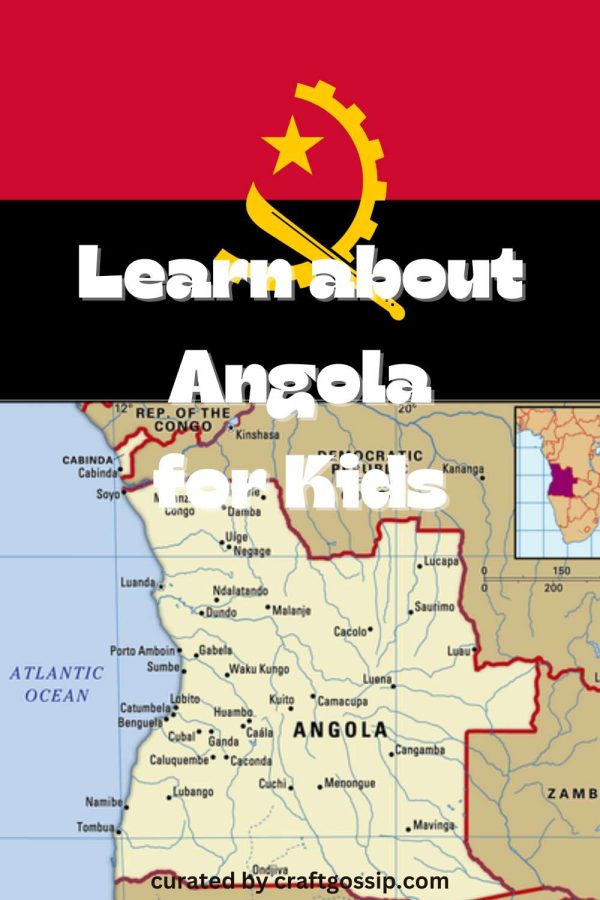
You don’t need to spend a fortune to decorate for a party. The modern looking mobile featured above is actually made from disposable plastic drinking straws! Inspired by the decor used in Swedish homes, the mobiles can be used as standalone decorations or to hold hanging plants. Learn more on the Creative Live Blog.
